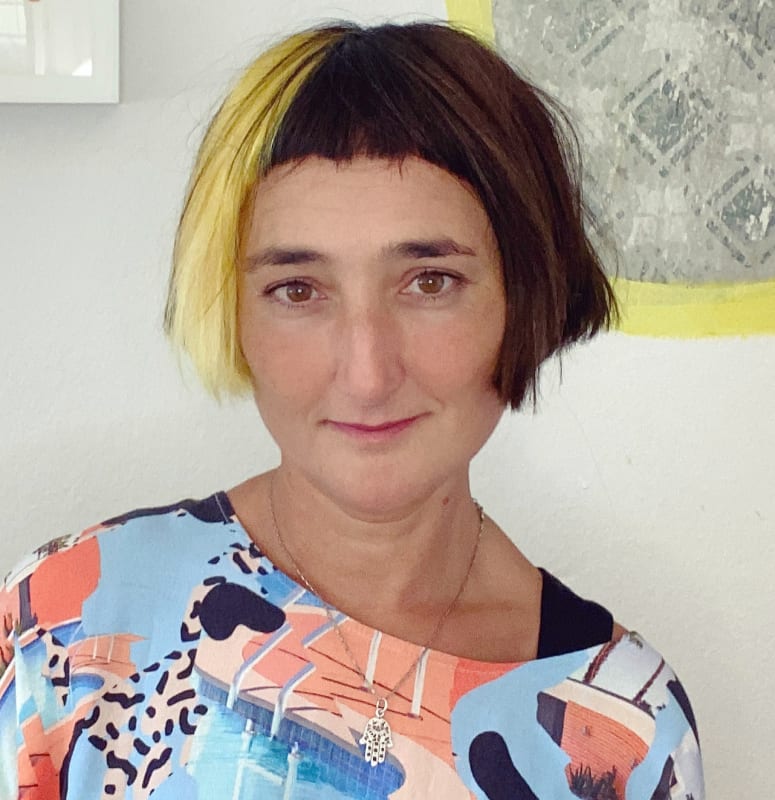Born in Rabat
Lives and works in Austria
Malika moved to France as a teenager and studied at the École des Beaux-Arts in Montpellier. She later spent several years living in London and Los Angeles, and now divides her time between Austria and Morocco. In addition to her artistic career, Malika is a certified personal trainer, holistic lifestyle coach, kettlebell athlete, licensed skydiver, and skydiving videographer. Her work has been presented across four continents, and she gave a TED Talk in Casablanca in 2013 on one of her projects—Latitude 34.
Coming from a mixed cultural background and having lived away from her family in different countries from an early age, Malika has long experienced life on a threshold—neither fully here nor there. This sense of in-betweenness informs her photographic practice, where the notions of home, culture, identity, and place are recurring themes. Yet, as an artist, she is driven by a deep-seated optimism and hope, qualities that resonate throughout her work. She is inspired by a holistic worldview, one that seeks out the links between places, the similarities between people, the correspondences in landscapes, the wisdom we share, and the mythologies that connect us—rather than the boundaries that separate us.
Physical engagement—or what she calls “boditude”—is central to her artistic approach, even when it manifests subtly. This may take the form of invisible lines traced around the globe, footprints left in nature, or abstract trails created in freefall. She is, in essence, a creative pilgrim whose movement seeks to capture stillness and reframe our understanding of time and space.
Among her recent works is Weeds or Flowers, a series developed during a three-month residency in Switzerland, in which she explores mountain identity and the toxic effects of tourism on fragile alpine environments.
She also draws a symbolic line between the world above and below—but more importantly, she draws a circle to include the often-overlooked audience. In collaboration with students from ESAV (École Supérieure des Arts Visuels de Marrakech), she created, for the first time in Morocco, a concept-driven exhibition shaped by practical steps, including a specially designed sensory darkroom to speak to all the senses—an inclusive gesture toward those who cannot see, cannot hear, or have limited mobility.
